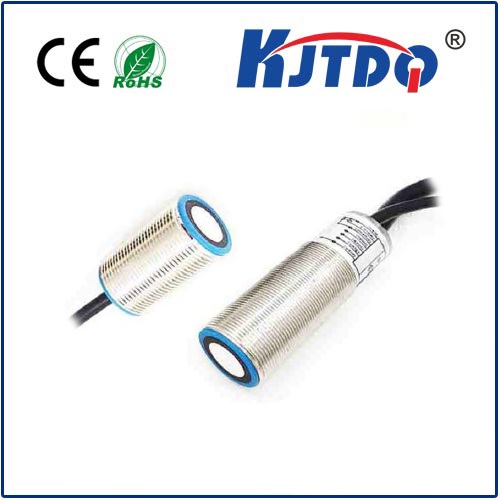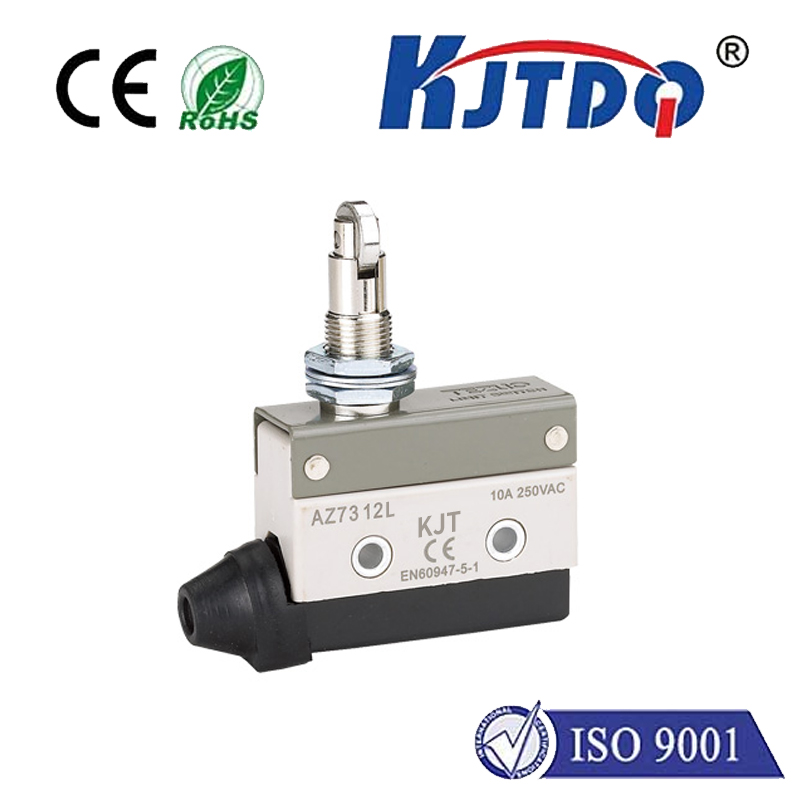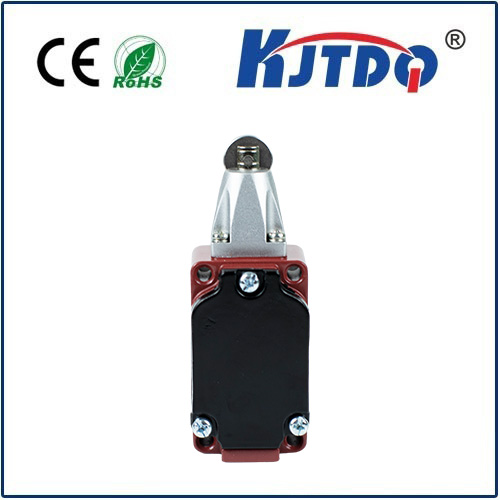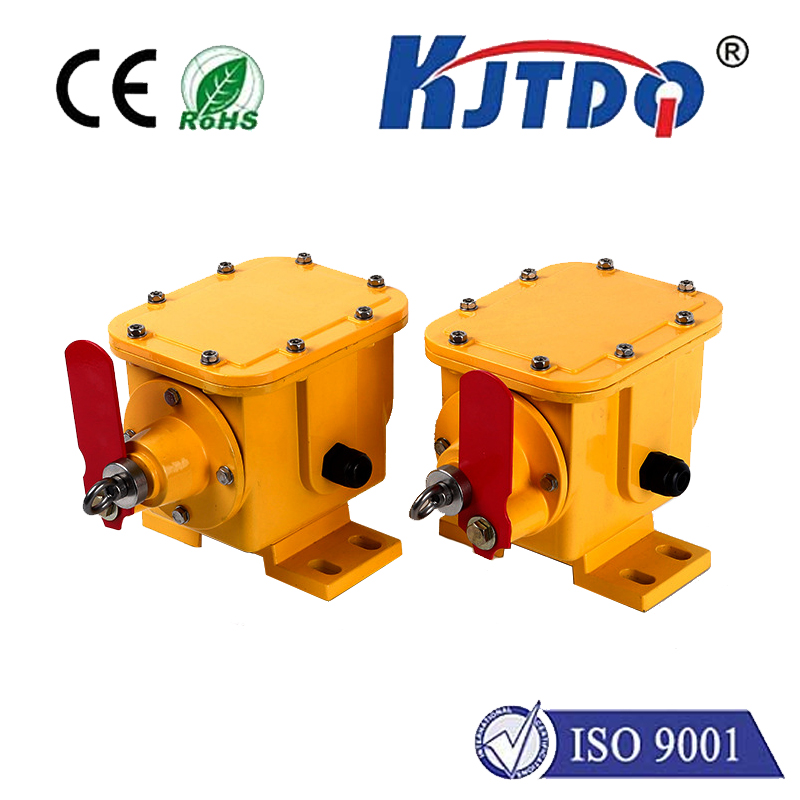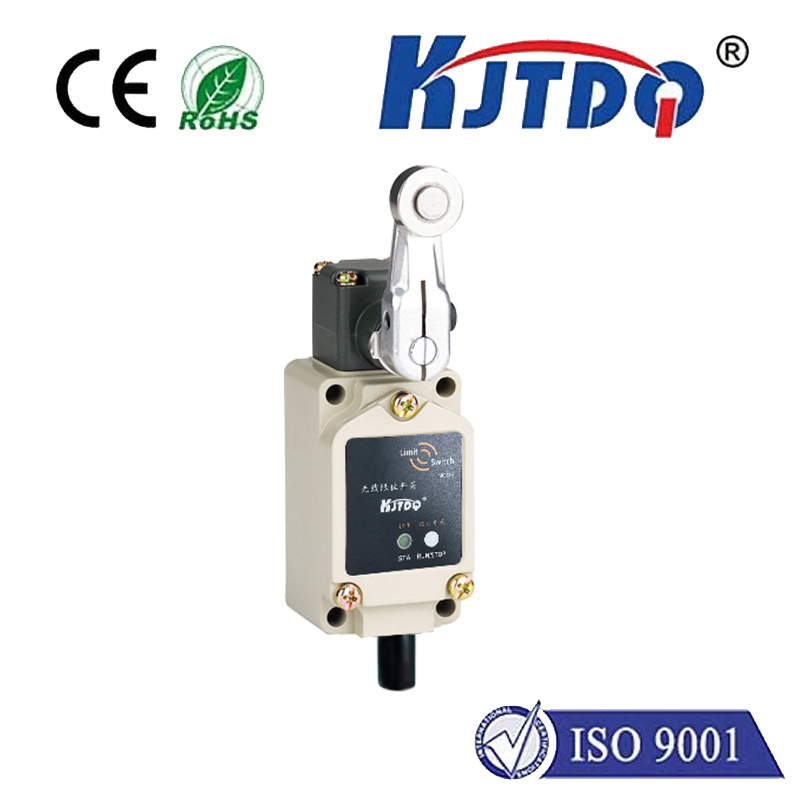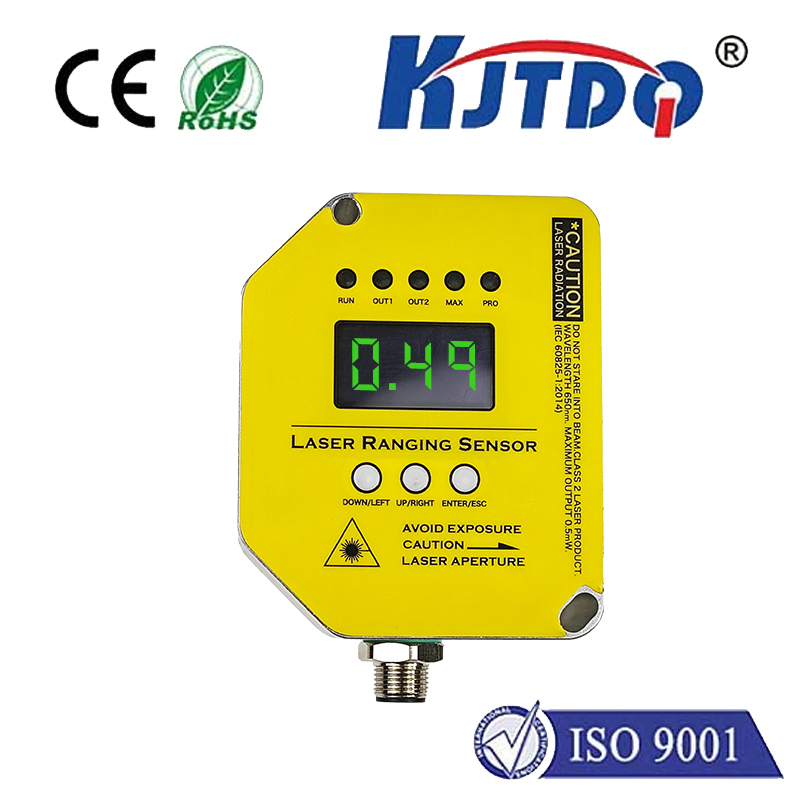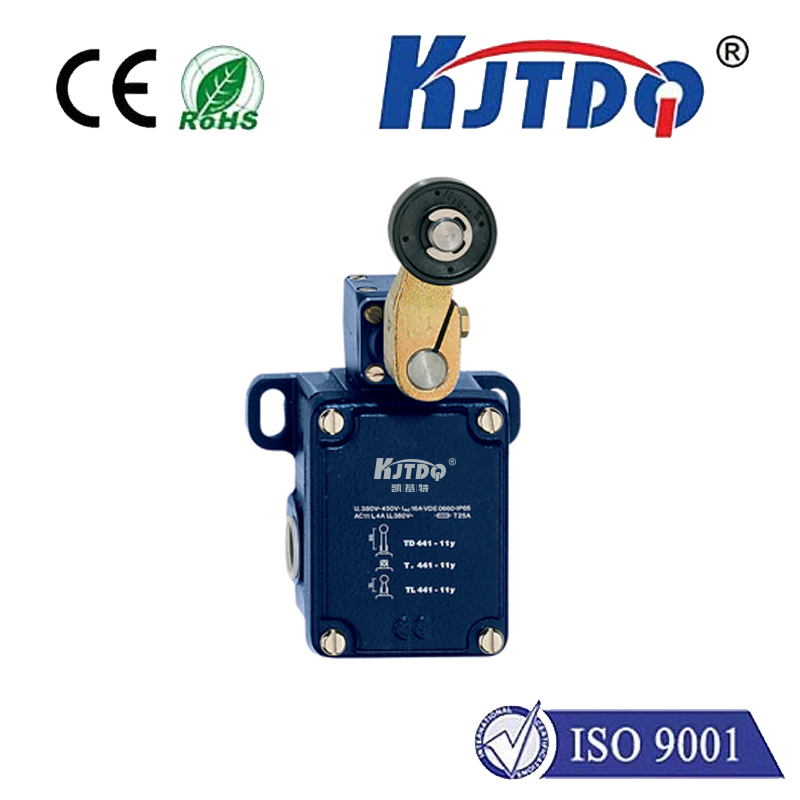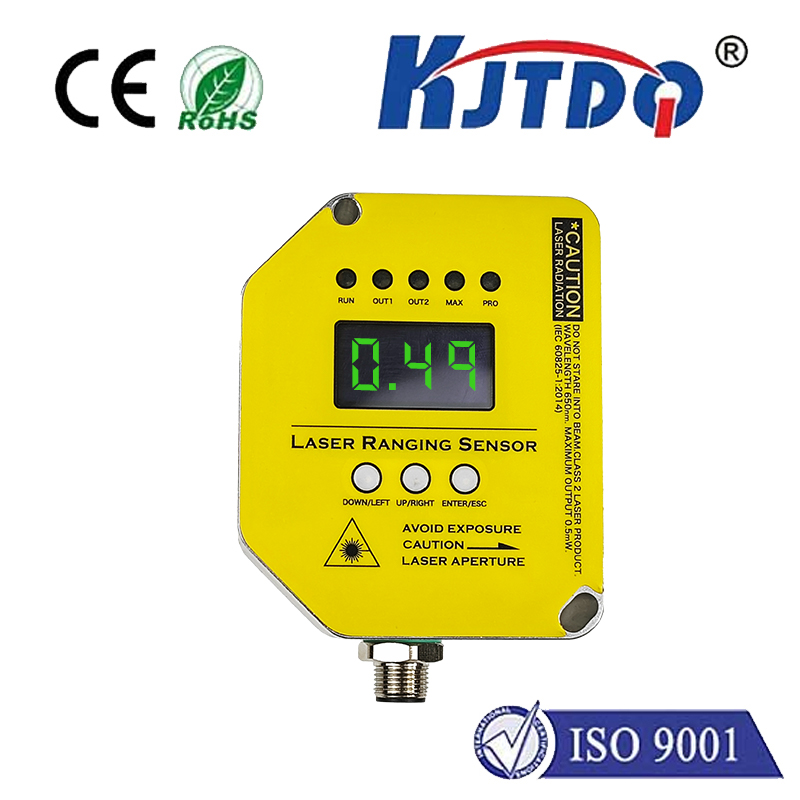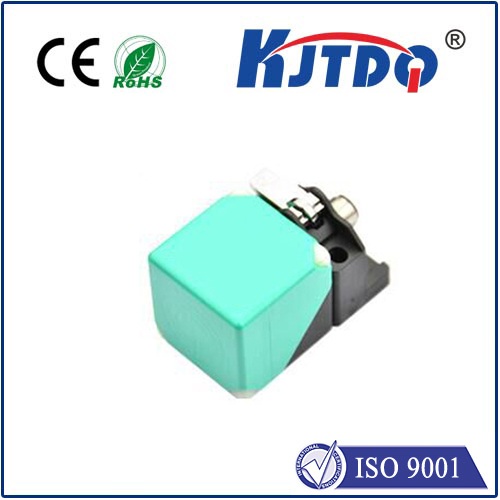

check

check

check

check

check

check

check

check

check

check
Title: Revolutionizing Monitoring with Wireless Laser Sensors
The advent of wireless laser sensor technology has introduced a new era of monitoring capabilities, transforming the way we collect and analyze data in various industries. These advanced sensors offer unparalleled precision and flexibility, making them an indispensable tool for modern applications. In this article, we will delve into the world of wireless laser sensors, exploring their features, benefits, and potential use cases.
Wireless Laser Sensor Technology: A Game Changer
Wireless laser sensors harness the power of laser technology to provide accurate and real-time measurements without the need for physical connections. These sensors emit a focused beam of light that reflects off the target object and returns to the sensor, where it is converted into an electrical signal that can be processed and analyzed. This non-contact method eliminates many issues associated with traditional wired sensors, such as wear and tear, corrosion, and electromagnetic interference.
Benefits of Wireless Laser Sensors

Wireless laser sensors come with a plethora of advantages that make them particularly attractive for a wide range of applications. One significant benefit is their high degree of accuracy. Laser technology allows for precise distance measurements, even in challenging environments or under adverse conditions. Additionally, these sensors are highly versatile and can be easily integrated into existing systems or deployed as standalone units.
Another crucial advantage of wireless laser sensors is their ability to transmit data over long distances without requiring a physical connection. This wireless capability not only simplifies installation but also enables remote monitoring and control, enhancing efficiency and reducing operational costs. Moreover, wireless communication protocols ensure secure data transfer, minimizing the risk of unauthorized access or data breaches.
Applications of Wireless Laser Sensors
The versatility of wireless laser sensors makes them suitable for numerous applications across various sectors. In industrial settings, they can be used for machine alignment, vibration analysis, and predictive maintenance programs. By continuously monitoring equipment performance, wireless laser sensors enable proactive maintenance strategies that prevent catastrophic failures and reduce downtime.
In construction and civil engineering projects, wireless laser sensors play a crucial role in ensuring safety and accuracy. They are employed for surveying, leveling, and alignment tasks, helping to streamline operations and improve project outcomes. Furthermore, these sensors find use in transportation systems for vehicle detection and traffic management, contributing to improved road safety and reduced congestion.
Wireless Laser Sensors in Smart Homes and Buildings
The rise of smart homes and buildings has created new opportunities for wireless laser sensors to enhance comfort, energy efficiency, and security. In residential settings, these sensors can regulate HVAC systems based on occupancy patterns or detect intrusions when combined with alarm systems. In commercial buildings, they facilitate automated lighting controls and assist in space optimization efforts by providing detailed occupancy data.
Conclusion
Wireless laser sensors represent a cutting-edge solution that redefines monitoring capabilities across diverse domains. Their combination of accuracy, flexibility, and wireless convenience opens up possibilities for improved efficiency, safety, and cost savings. As technology continues to advance rapidly, it's clear that wireless laser sensors will remain at the forefront of innovation, shaping the future of data collection and analysis.
